Home>Furniture & Design>Bathroom Accessories>How Do Bathtub Drains Work
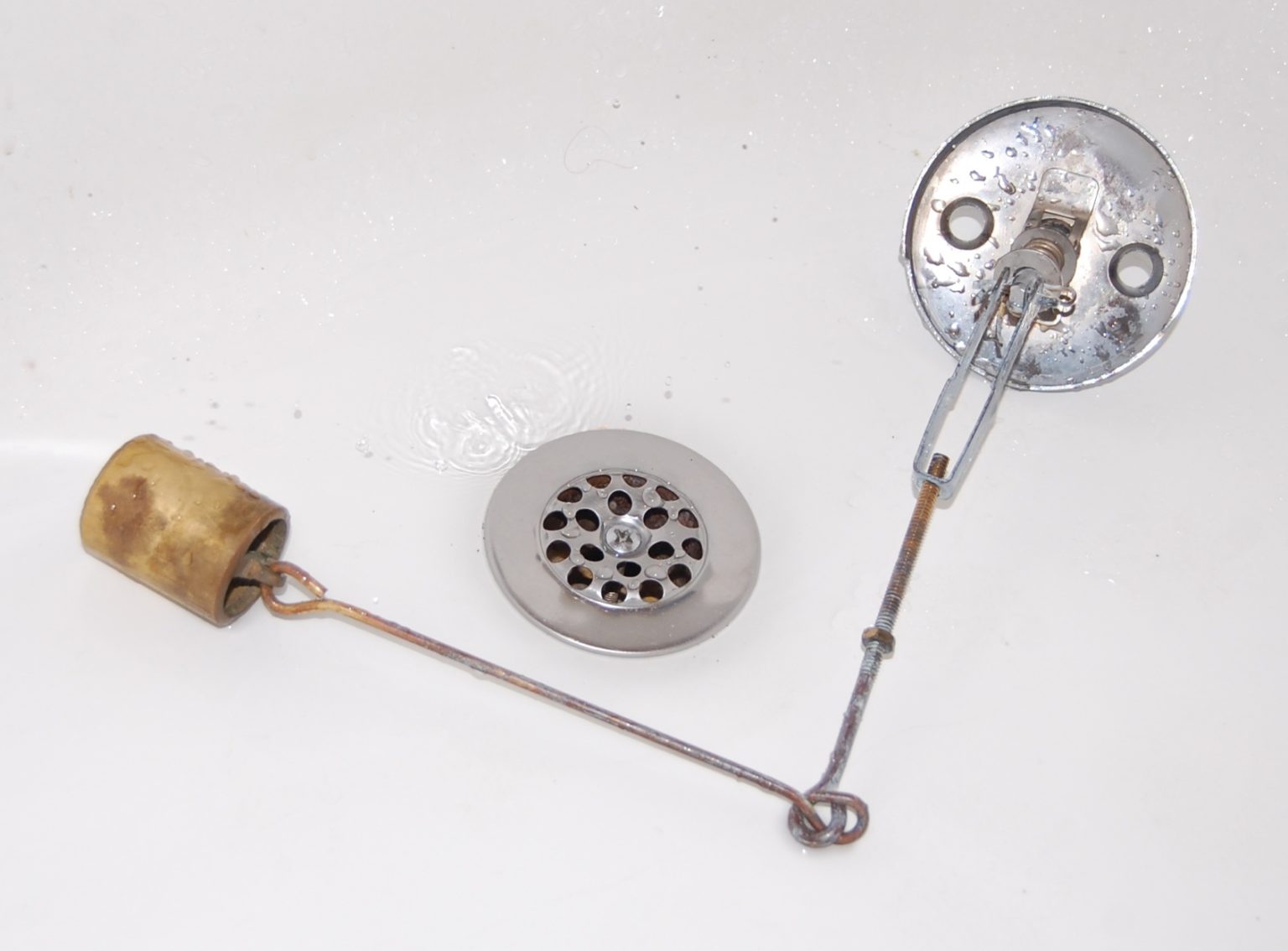

Bathroom Accessories
How Do Bathtub Drains Work
Published: February 17, 2024
Learn how bathtub drains work and the essential bathroom accessories you need for proper drainage. Find out everything you need to know about maintaining a functional bathtub drain.
(Many of the links in this article redirect to a specific reviewed product. Your purchase of these products through affiliate links helps to generate commission for Storables.com, at no extra cost. Learn more)
Introduction
When it comes to creating a relaxing and rejuvenating bathing experience, the functionality of a bathtub drain plays a crucial role. While many people may not give much thought to the inner workings of their bathtub drain, understanding how it functions can provide valuable insights into maintaining its efficiency and preventing potential issues.
The bathtub drain serves as a vital component of the overall plumbing system in a bathroom. It is responsible for facilitating the smooth flow of water out of the tub, preventing overflow, and maintaining a hygienic bathing environment. By comprehending the anatomy and operation of a bathtub drain, homeowners can gain a deeper appreciation for this essential fixture and take proactive measures to ensure its optimal performance.
In this comprehensive guide, we will delve into the intricate details of how bathtub drains work, the common issues that may arise, and practical tips for maintaining them. By the end of this article, you will have a newfound understanding of the inner mechanisms of your bathtub drain, empowering you to make informed decisions regarding its upkeep and troubleshooting potential problems. Let's embark on a journey to unravel the mysteries of this often-overlooked yet indispensable feature of your bathroom.
Key Takeaways:
- Bathtub drains work by allowing water to flow through the drain pipe, using a stopper to control water levels, and a P-trap to prevent odors and debris from entering the main plumbing system.
- To maintain bathtub drains, regularly clean the strainer, avoid harsh chemicals, and address minor issues promptly. These simple steps can prevent clogs, slow drainage, and foul odors, ensuring a relaxing bathing experience.
Read more: How Does Bathtub Drain Stopper Work
Anatomy of a Bathtub Drain
The anatomy of a bathtub drain comprises several essential components that work in harmony to facilitate the efficient drainage of water. Understanding the intricate structure of a bathtub drain is pivotal in comprehending its functionality and addressing potential issues that may arise. Let's dissect the various elements that constitute the anatomy of a typical bathtub drain:
-
Drain Flange: The visible portion of the drain assembly, the drain flange is the circular metal or plastic component that surrounds the drain opening in the tub. It serves both a functional and aesthetic purpose, providing a seamless transition between the tub surface and the drain pipe.
-
Strainer: Positioned within the drain flange, the strainer is a perforated cover that prevents large debris, such as hair and foreign objects, from entering the drain pipe. It plays a crucial role in preventing clogs and maintaining the smooth flow of water.
-
Stopper: The stopper is a movable component that controls the flow of water in the bathtub. It can be operated manually or through a lever mechanism, allowing users to either retain water in the tub or enable it to drain out.
-
Overflow Drain: In many bathtub designs, an overflow drain is integrated into the upper portion of the tub, just below the rim. This component acts as a safeguard against overfilling by providing an alternate exit for water when the tub reaches a certain level.
-
P-Trap: Situated beneath the tub, the P-trap is a curved section of pipe that retains a small amount of water, creating a seal to prevent sewer gases from entering the bathroom. It also serves to trap debris, preventing it from entering the main drain line.
-
Drain Pipe: Extending from the P-trap, the drain pipe conveys the water and waste from the bathtub to the main plumbing system of the house. It is typically made of durable materials such as PVC or metal to ensure longevity and reliability.
By familiarizing yourself with the anatomy of a bathtub drain, you can gain a deeper understanding of its inner workings and be better equipped to address any maintenance or repair needs that may arise. This knowledge empowers homeowners to take proactive measures in preserving the functionality of their bathtub drains, ensuring a seamless and enjoyable bathing experience for years to come.
How Bathtub Drains Work
The functionality of a bathtub drain is a fascinating process that involves a series of intricate mechanisms working together seamlessly to facilitate the efficient drainage of water. When a bath is drawn, the water flows through the open drain, passing through the strainer that filters out larger debris such as hair and soap residue. The stopper, when engaged, prevents the water from draining out, allowing the tub to fill to the desired level. Once the bathing experience is complete, releasing the stopper or adjusting the lever initiates the drainage process.
As the stopper is disengaged, the water begins its journey through the drain pipe, guided by the force of gravity. The P-trap, a crucial component of the drain system, retains a small amount of water to create a seal that prevents foul odors and harmful sewer gases from entering the bathroom. Simultaneously, the P-trap serves as a barrier, capturing debris and preventing it from entering the main drain line. This essential function contributes to maintaining a hygienic and odor-free bathing environment.
The water continues its passage through the drain pipe, ultimately connecting to the main plumbing system of the house. The force of gravity propels the water through the pipes, ensuring a smooth and efficient drainage process. In cases where the water level in the tub exceeds the capacity of the tub, the overflow drain comes into play, providing an alternate exit for the excess water and preventing potential overflow.
The entire operation of a bathtub drain is a testament to the ingenuity of plumbing engineering, as it seamlessly combines functionality and practicality to deliver a hassle-free bathing experience. Understanding the inner workings of a bathtub drain not only fosters a deeper appreciation for this essential fixture but also empowers homeowners to take proactive measures in maintaining its optimal performance.
By comprehending how bathtub drains work, individuals can make informed decisions regarding their usage, maintenance, and troubleshooting potential issues. This knowledge equips homeowners with the insights needed to ensure the longevity and efficiency of their bathtub drains, ultimately contributing to a more enjoyable and stress-free bathing experience.
To keep your bathtub drain working properly, regularly remove hair and debris to prevent clogs. You can use a drain snake or a mixture of baking soda and vinegar to help keep the drain clear.
Common Issues with Bathtub Drains
Bathtub drains, like any plumbing fixture, are susceptible to a range of common issues that can impede their functionality and disrupt the bathing experience. Understanding these potential issues is crucial for homeowners to promptly address any arising problems and maintain the optimal performance of their bathtub drains.
-
Clogs: One of the most prevalent issues with bathtub drains is the accumulation of hair, soap residue, and other debris, leading to clogs. Over time, these obstructions can restrict the flow of water, causing slow drainage or complete blockages. This can result in standing water in the tub, unpleasant odors, and potential water damage if left unattended.
-
Leakage: Another common issue is leakage around the drain flange or P-trap. This can occur due to deteriorated seals, loose connections, or corrosion of the drain components. Leakage not only leads to water wastage but can also cause structural damage to the surrounding areas if left unresolved.
-
Slow Drainage: Bathtub drains may exhibit slow drainage, where water takes an extended time to empty from the tub. This can be attributed to partial clogs, mineral buildup within the drain pipe, or issues with the P-trap. Slow drainage not only hampers the bathing experience but also indicates underlying issues that require attention.
-
Foul Odors: Unpleasant odors emanating from the bathtub drain are often indicative of a compromised P-trap seal or the presence of organic matter within the drain system. These odors can permeate the bathroom, creating an uncomfortable environment and signaling the need for maintenance.
-
Stopper Malfunction: The stopper mechanism can experience malfunctions, leading to difficulties in retaining water in the tub or initiating the drainage process. This can be attributed to worn-out components, improper installation, or issues with the linkage system.
-
Corrosion and Rust: Over time, the metal components of the bathtub drain, such as the drain flange and stopper, may succumb to corrosion and rust. This not only affects the aesthetic appeal of the fixture but can also impair its functionality and lead to potential leaks.
-
Overflow Issues: In some cases, the overflow drain may encounter issues, such as blockages or improper sealing, leading to water seepage or ineffective overflow prevention.
Addressing these common issues with bathtub drains promptly is essential to ensure the continued functionality and efficiency of the plumbing fixture. By recognizing the signs of these issues and taking proactive measures, homeowners can mitigate potential problems and preserve the integrity of their bathtub drains for a seamless bathing experience.
Tips for Maintaining Bathtub Drains
Maintaining the optimal functionality of bathtub drains is essential for ensuring a seamless and enjoyable bathing experience while preventing potential plumbing issues. By implementing proactive maintenance practices, homeowners can preserve the efficiency of their bathtub drains and mitigate common problems that may arise. Here are valuable tips for maintaining bathtub drains:
-
Regular Cleaning: Periodically removing debris, such as hair and soap scum, from the strainer and drain opening can prevent clogs and slow drainage. Using a drain snake or a bent wire hanger to clear any accumulated debris can help maintain unobstructed water flow.
-
Use a Drain Cover: Installing a drain cover or strainer with fine mesh can effectively trap hair and other particles, preventing them from entering the drain pipe and causing clogs. This simple yet effective measure can significantly reduce the likelihood of drainage issues.
-
Avoid Harsh Chemicals: Refrain from using harsh chemical drain cleaners, as they can corrode the drain components and damage the plumbing system. Opt for natural or enzymatic drain cleaners that are gentle on the pipes and environmentally friendly.
-
Hot Water Flushing: Regularly flushing the drain with hot water can help dislodge accumulated soap residue and grease, preventing the formation of stubborn clogs. This simple practice can contribute to maintaining smooth drainage and preventing blockages.
-
Vinegar and Baking Soda Treatment: A mixture of vinegar and baking soda can serve as a natural and effective solution for clearing minor clogs and eliminating foul odors from the drain. Pouring this mixture down the drain and allowing it to fizz and react before flushing with hot water can help maintain a clean and odor-free drain.
-
Inspect and Tighten Connections: Periodically inspecting the connections around the drain flange and P-trap for any signs of leakage and ensuring they are securely tightened can prevent water wastage and structural damage due to leaks.
-
Professional Inspection: Engage the services of a professional plumber for periodic inspections of the bathtub drain system. A thorough assessment can identify potential issues early on and facilitate timely repairs, ultimately extending the lifespan of the plumbing fixture.
-
Addressing Minor Issues Promptly: When minor issues such as slow drainage or foul odors are noticed, addressing them promptly can prevent the escalation of problems and the need for extensive repairs. Proactive intervention can preserve the efficiency of the bathtub drain and prevent inconvenience.
By incorporating these maintenance tips into their routine, homeowners can uphold the functionality and longevity of their bathtub drains, ensuring a hygienic and efficient drainage system for a relaxing bathing experience. Taking proactive measures to maintain the bathtub drain not only prevents common issues but also contributes to the overall well-being of the plumbing system in the home.
Read more: How Does A Bathtub Overflow Drain Work?
Conclusion
In conclusion, the bathtub drain is an indispensable component of the bathroom plumbing system, playing a pivotal role in facilitating efficient water drainage and maintaining a hygienic bathing environment. By unraveling the intricate workings of the bathtub drain, homeowners can gain valuable insights into its functionality, potential issues, and proactive maintenance measures.
Understanding the anatomy of a bathtub drain, including the drain flange, strainer, stopper, P-trap, and drain pipe, provides a comprehensive perspective on the interplay of these components in ensuring seamless water drainage. The integration of the overflow drain as a safeguard against overfilling further underscores the thoughtful engineering behind this essential fixture.
The operational process of a bathtub drain, from water flow and stopper engagement to gravity-driven drainage and the role of the P-trap in preventing sewer gas infiltration, exemplifies the synergy of design and functionality. This understanding empowers homeowners to make informed decisions regarding the maintenance and troubleshooting of their bathtub drains, ultimately contributing to a more enjoyable and stress-free bathing experience.
Common issues such as clogs, leakage, slow drainage, foul odors, and stopper malfunctions underscore the importance of proactive maintenance and timely intervention. By recognizing the signs of these issues and implementing preventive measures, homeowners can mitigate potential problems and preserve the integrity of their bathtub drains.
The provided tips for maintaining bathtub drains, including regular cleaning, the use of drain covers, and the avoidance of harsh chemicals, offer practical and effective strategies for preserving the optimal functionality of the drain system. Incorporating these maintenance practices into a routine can significantly reduce the likelihood of common issues and contribute to a hygienic and efficient drainage system.
In essence, the bathtub drain, often overlooked in its significance, deserves appreciation for its role in enhancing the bathing experience and maintaining a functional and hygienic bathroom environment. By embracing a proactive approach to understanding, maintaining, and troubleshooting the bathtub drain, homeowners can ensure the longevity and efficiency of this essential fixture, ultimately contributing to a more enjoyable and stress-free bathing experience for years to come.
Frequently Asked Questions about How Do Bathtub Drains Work
Was this page helpful?
At Storables.com, we guarantee accurate and reliable information. Our content, validated by Expert Board Contributors, is crafted following stringent Editorial Policies. We're committed to providing you with well-researched, expert-backed insights for all your informational needs.
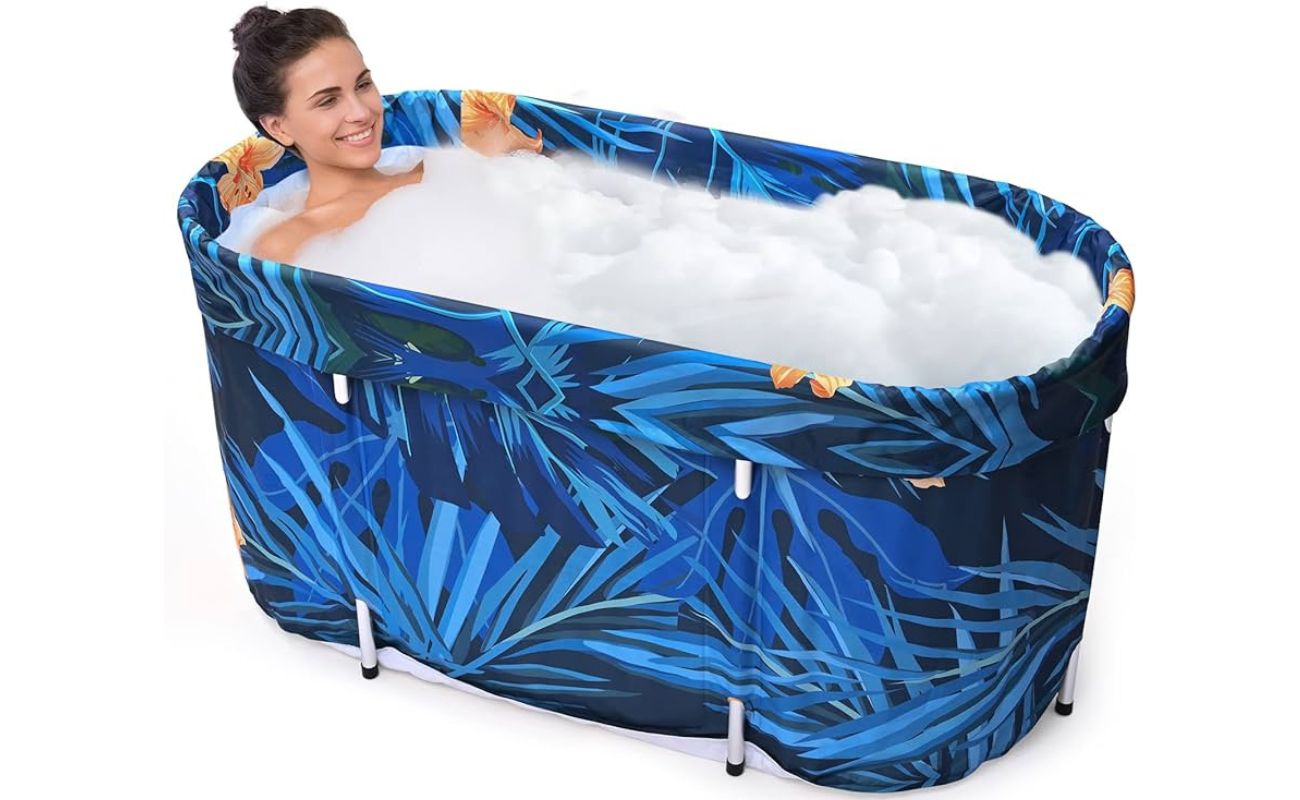
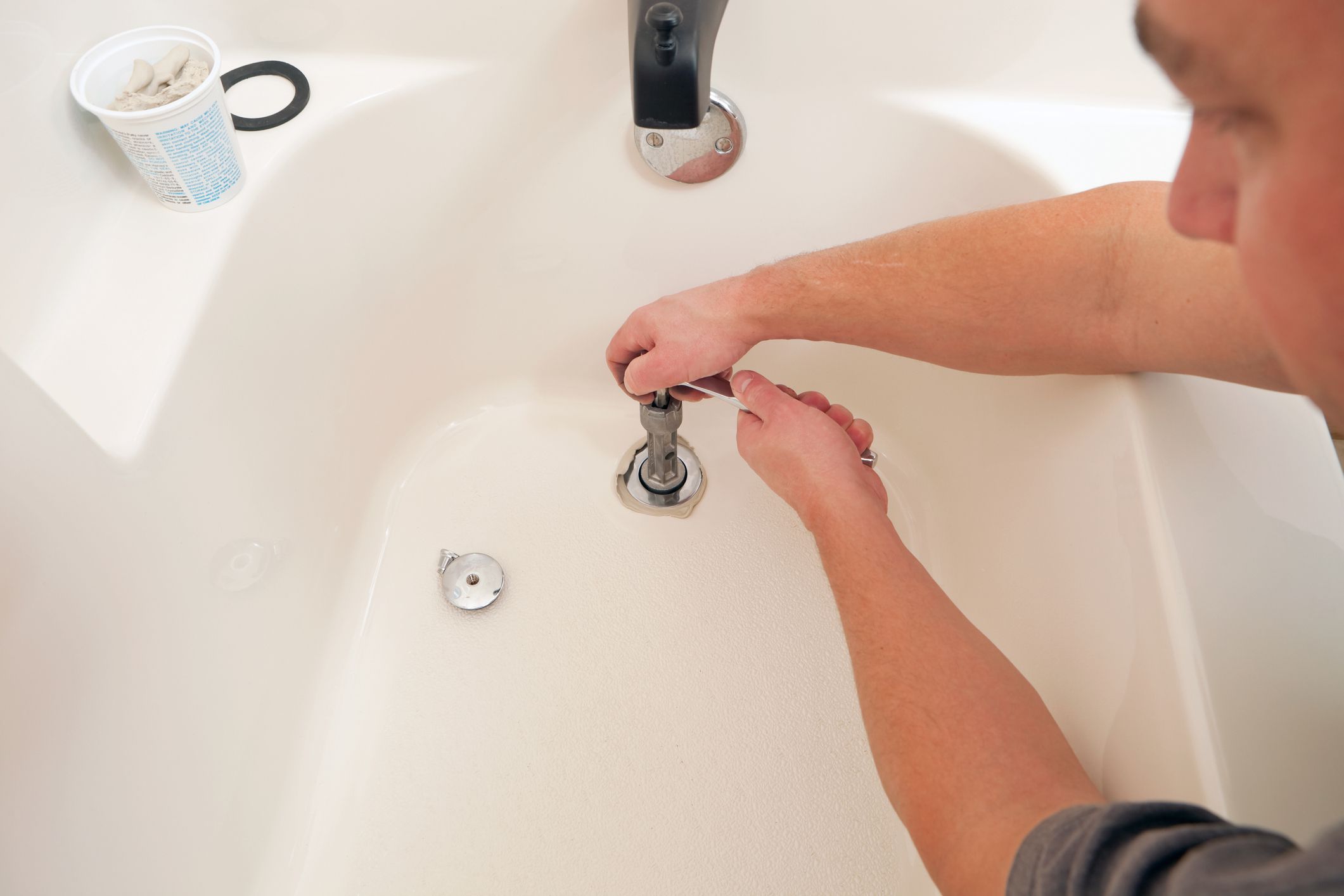
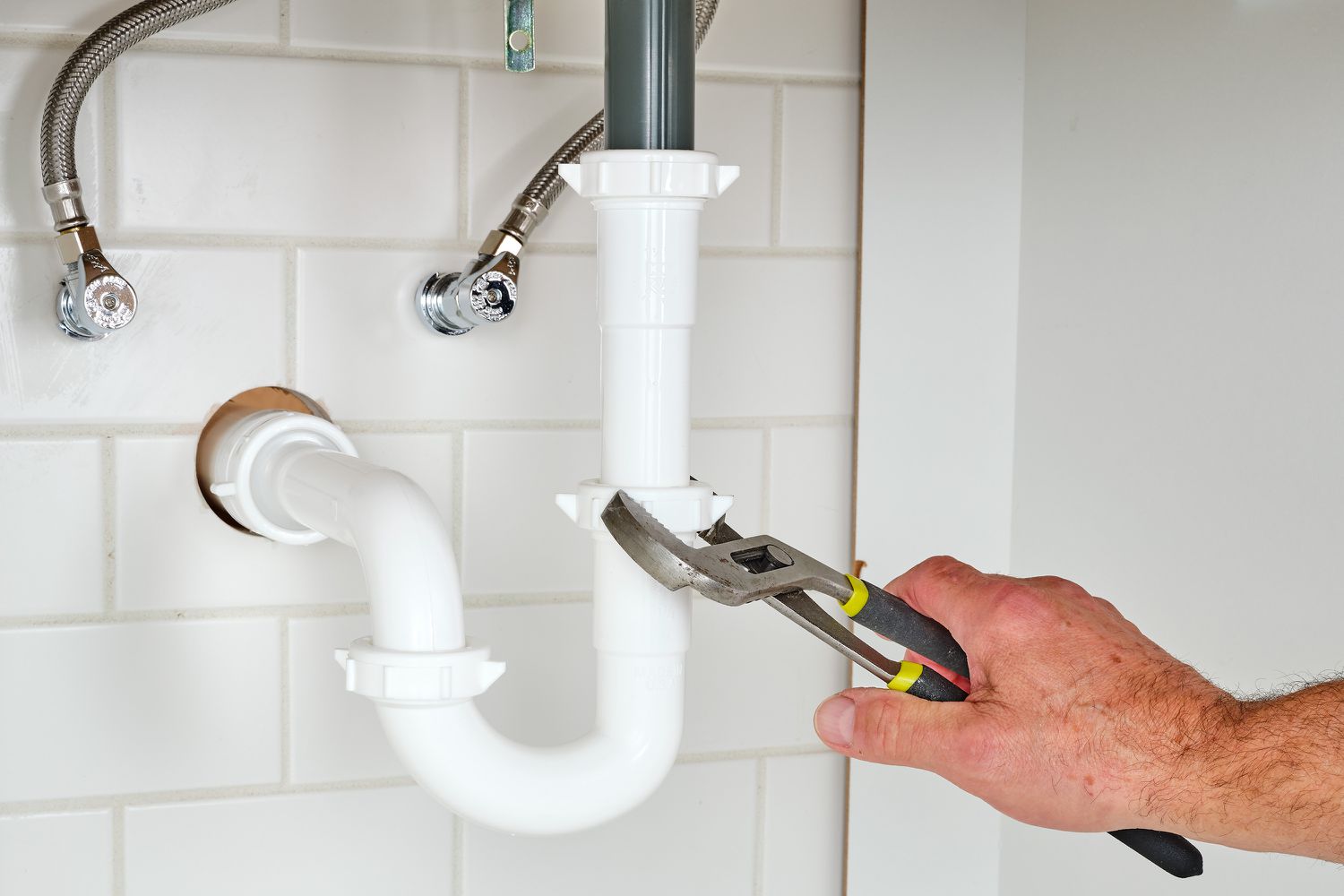
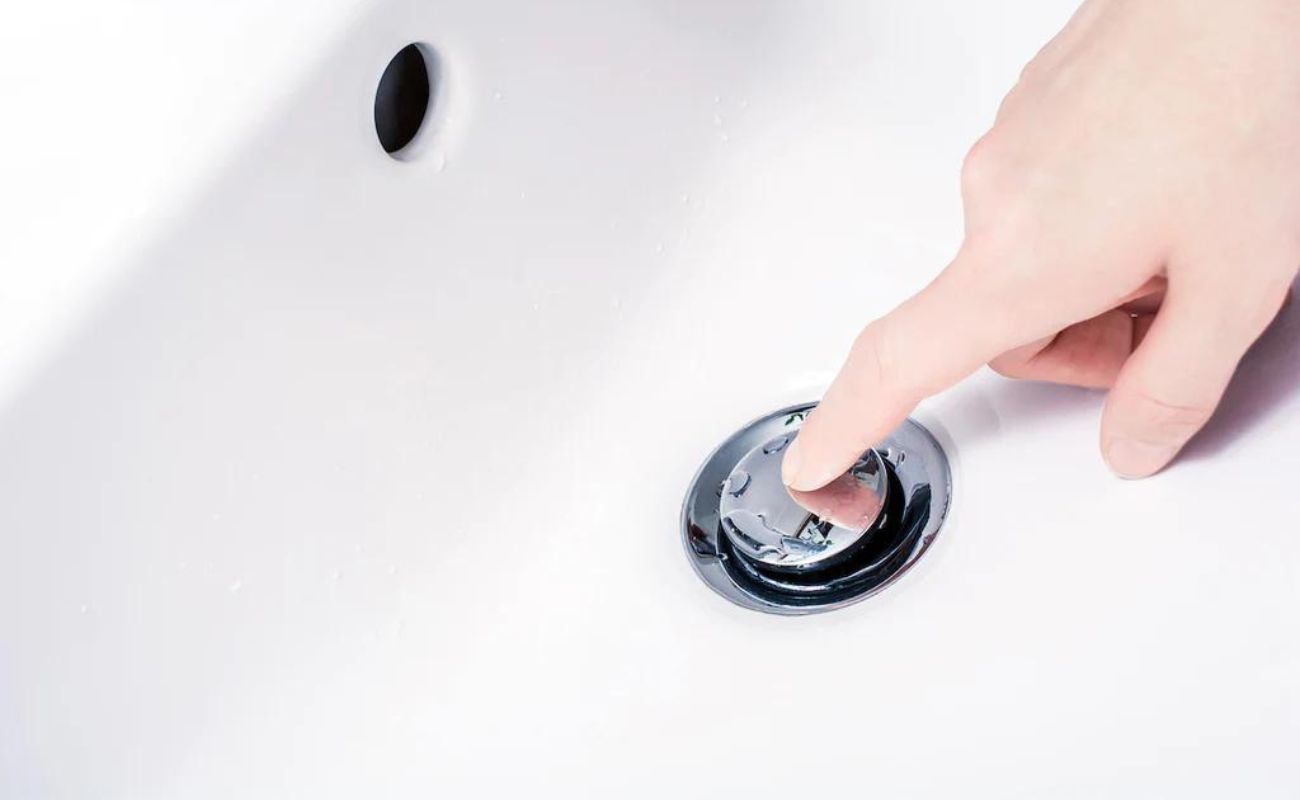
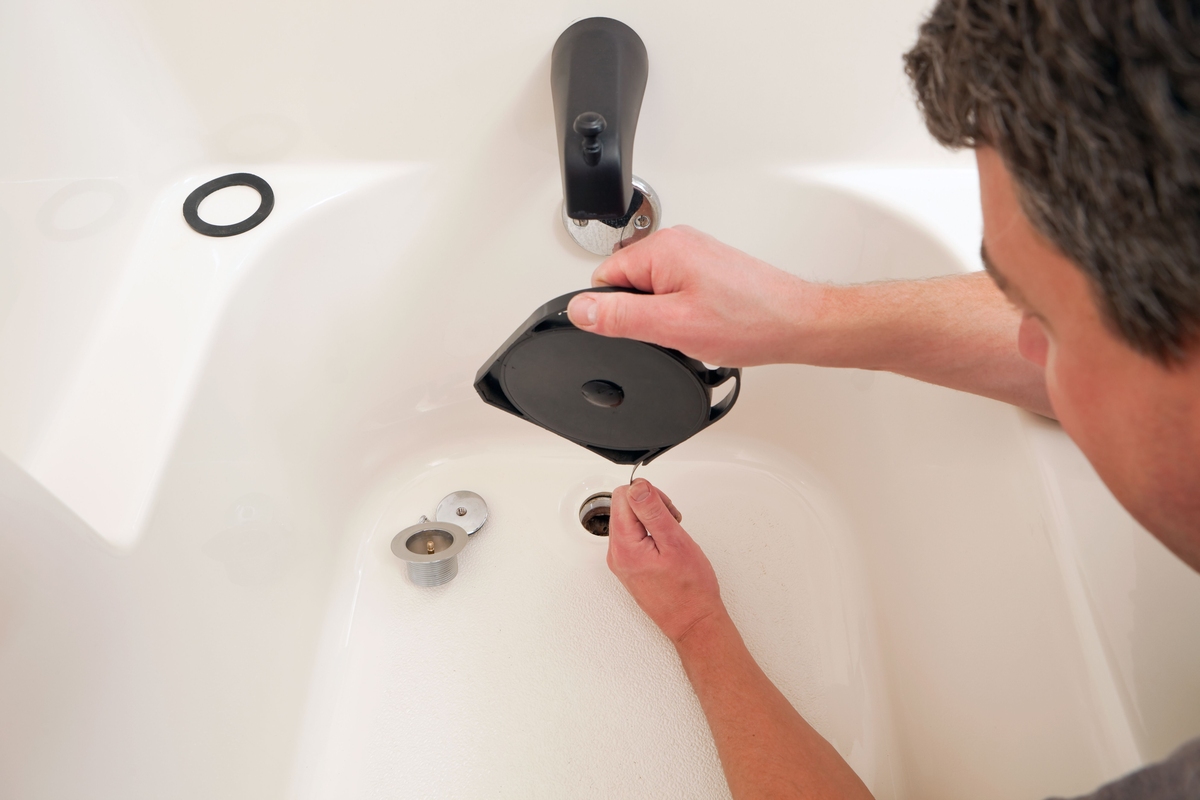
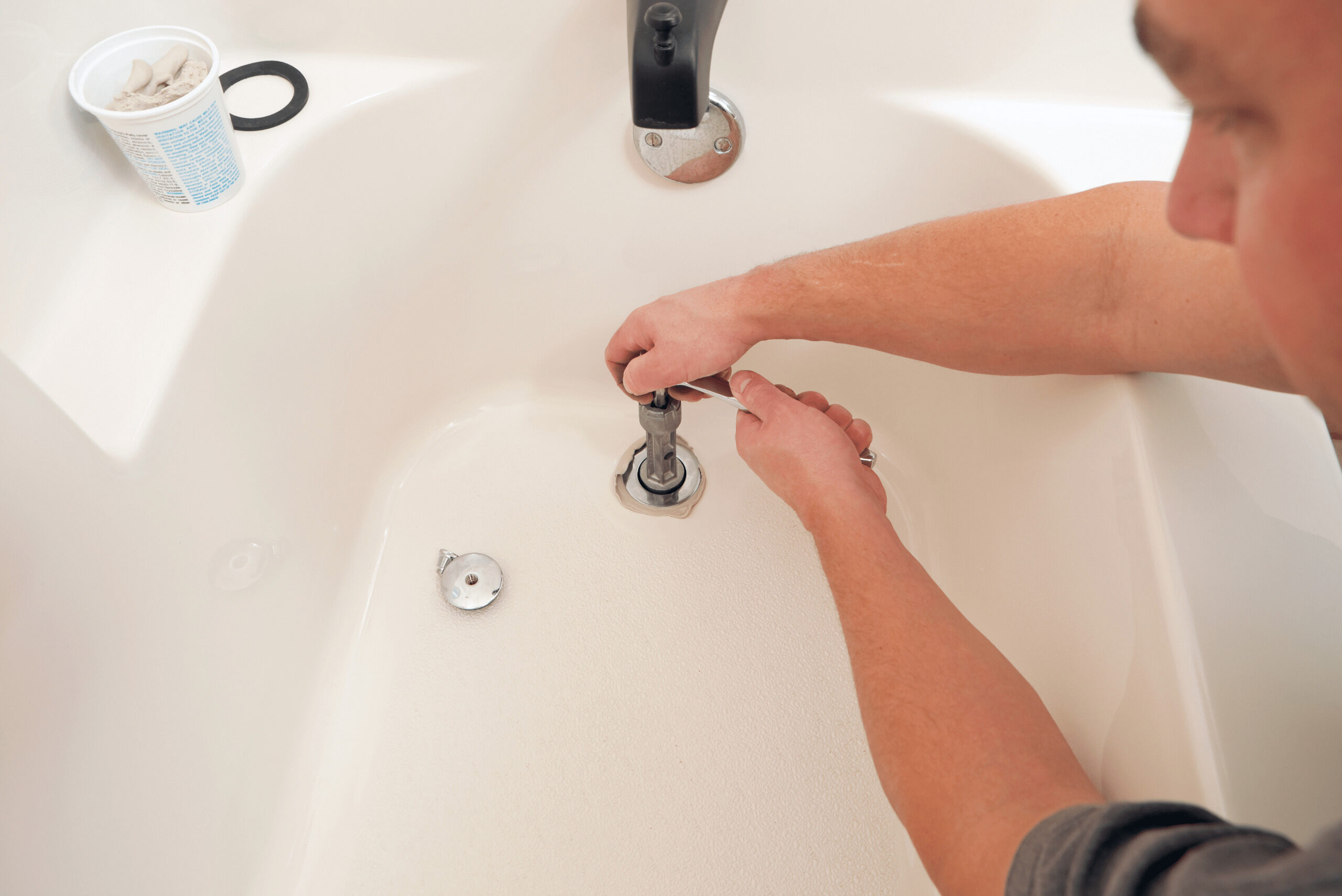
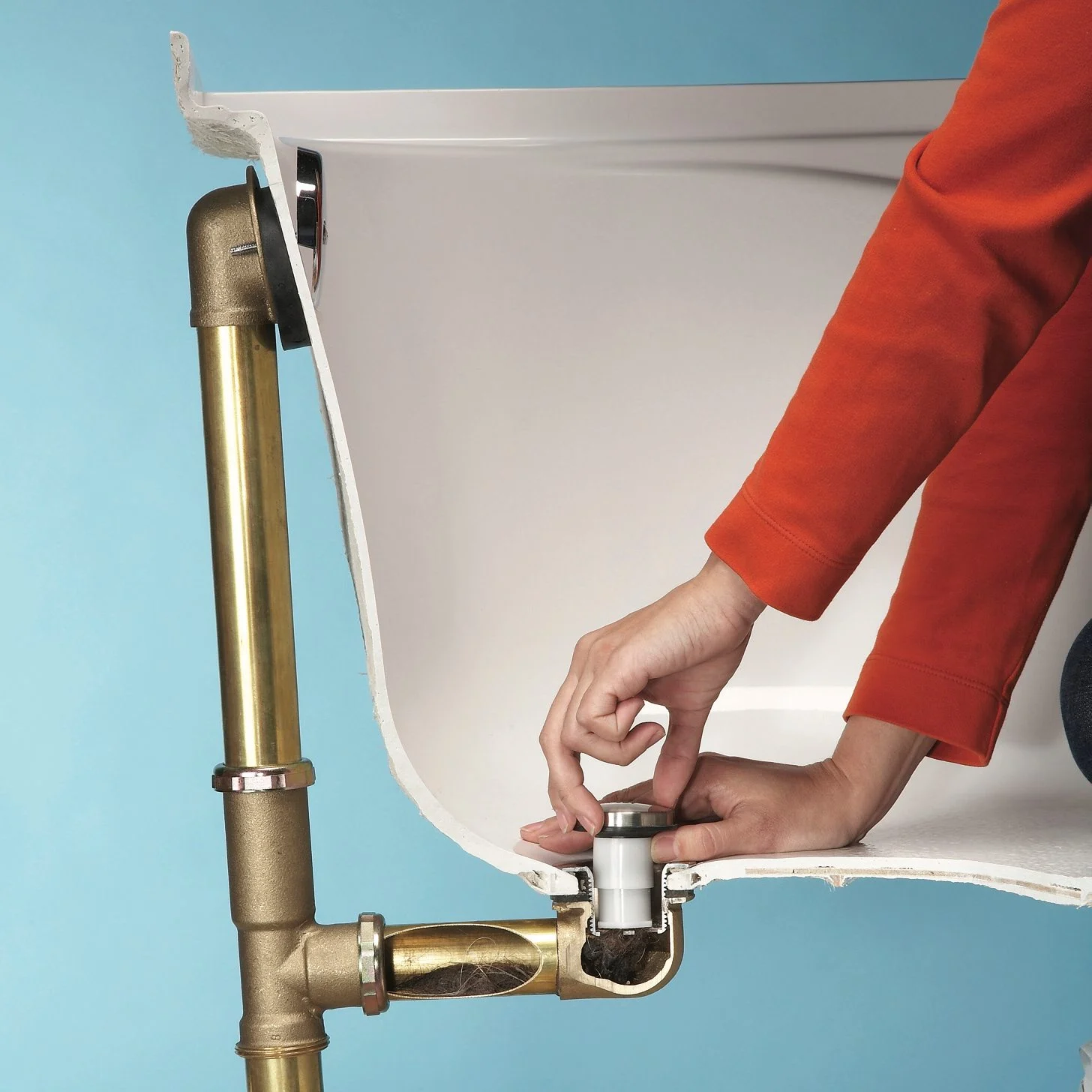
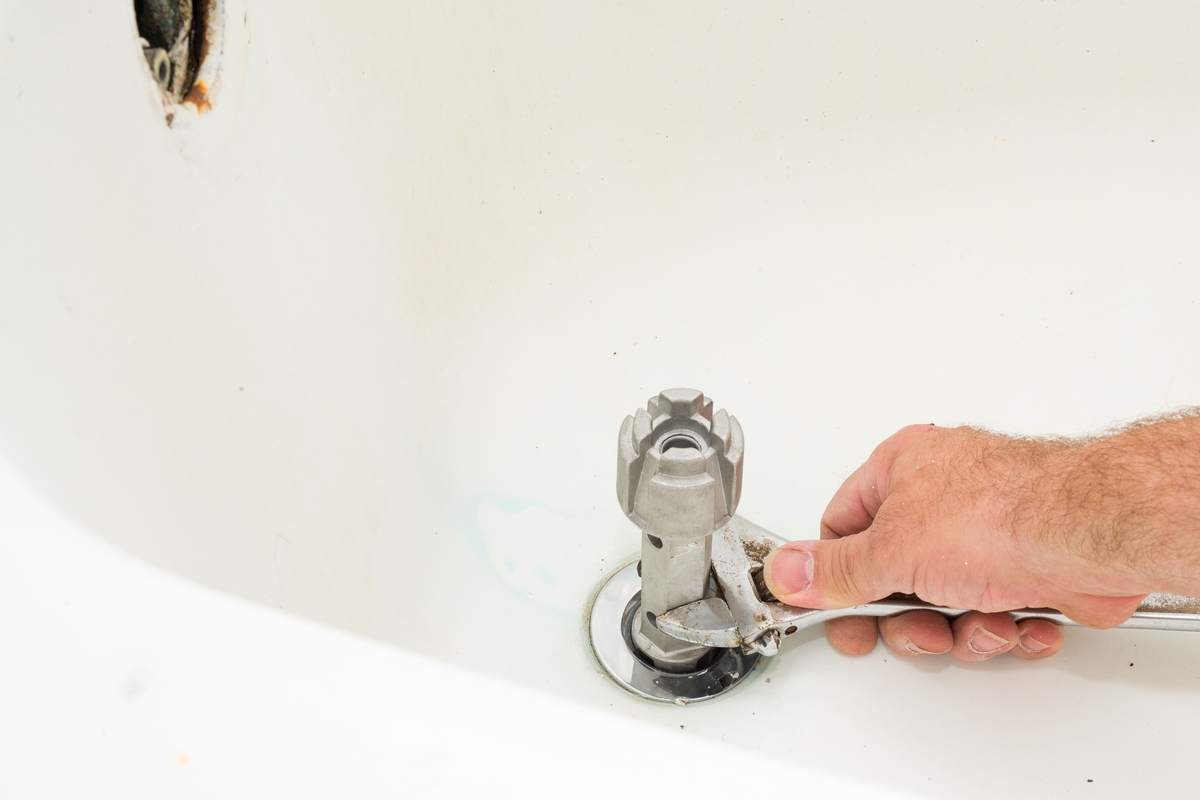
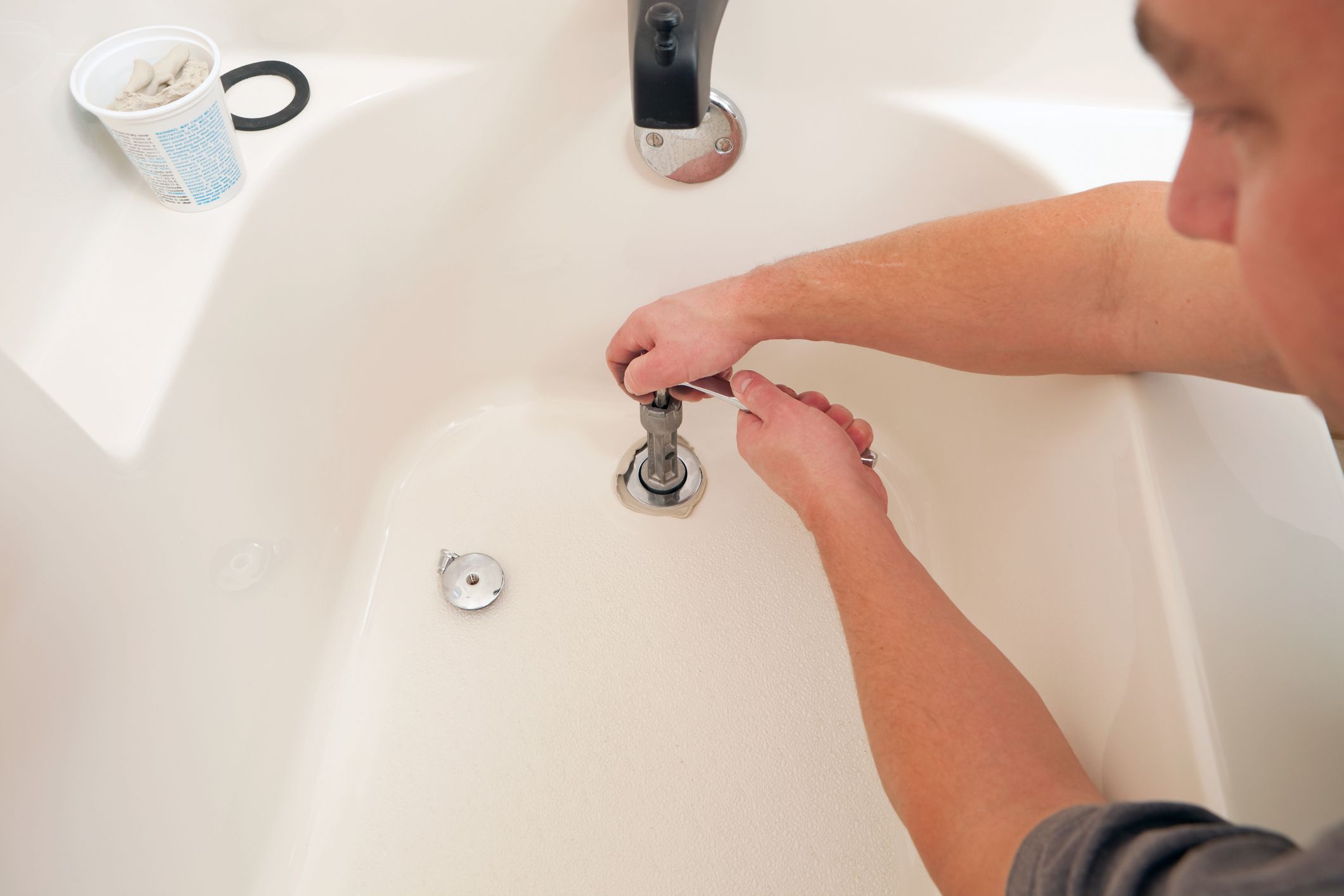
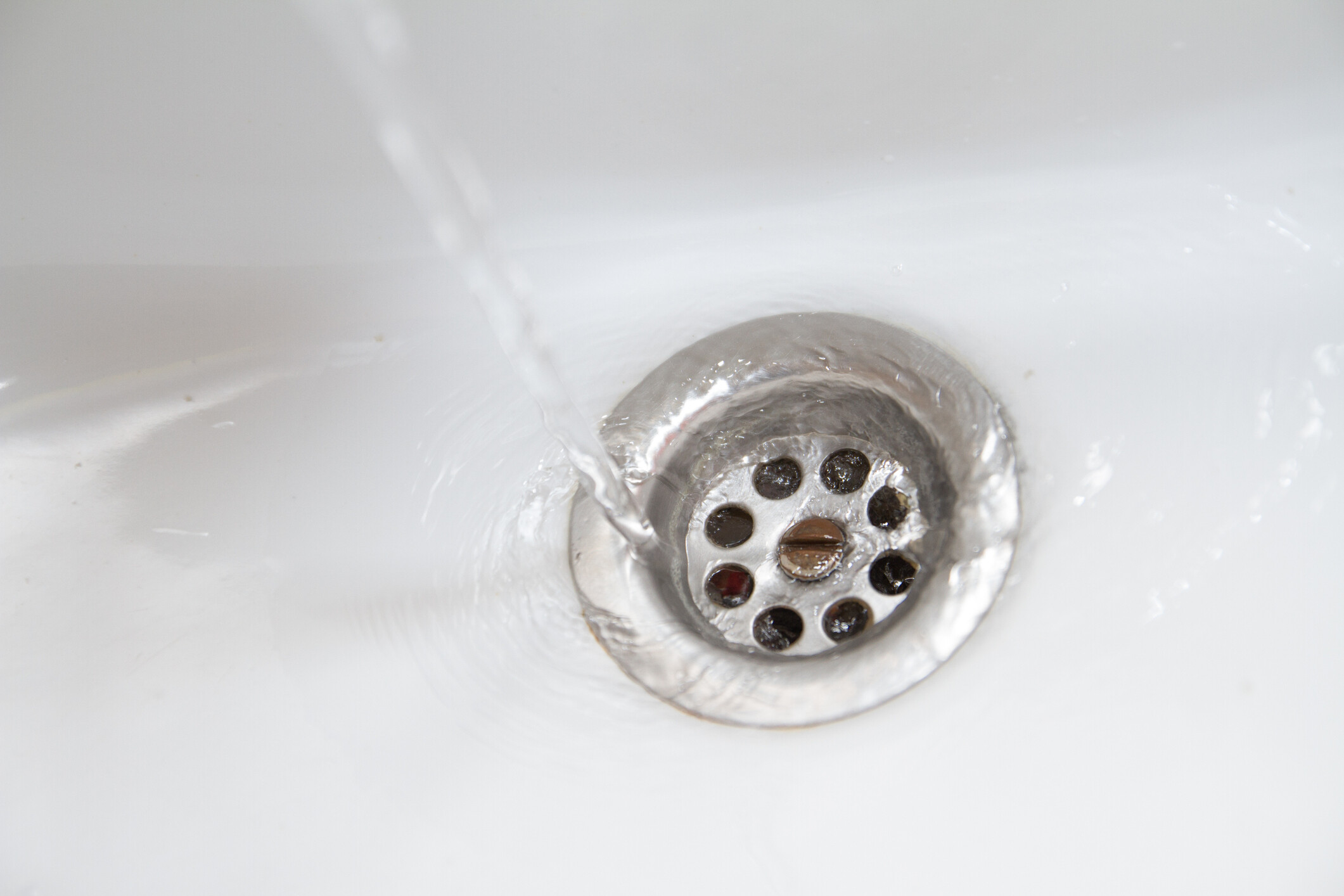
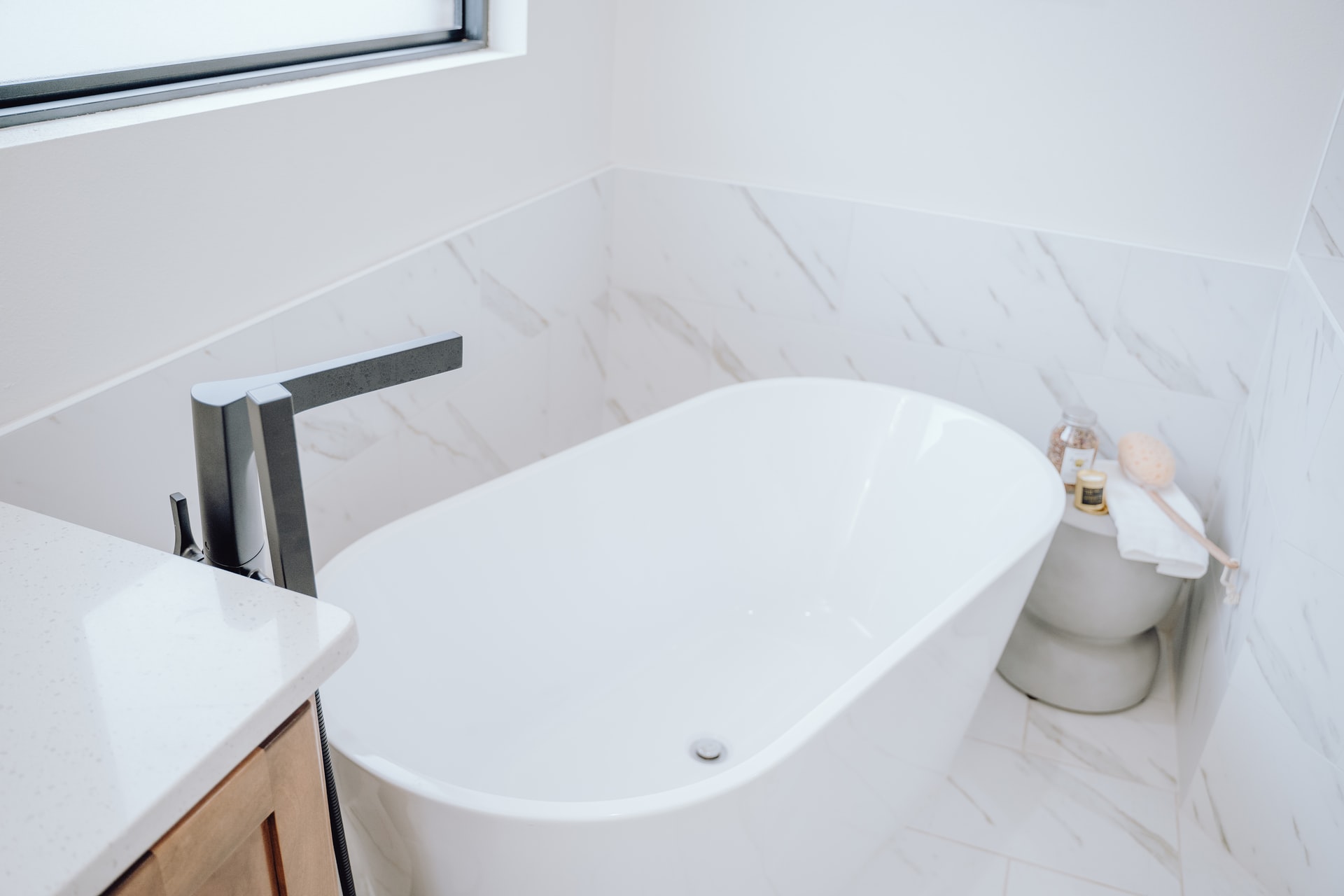
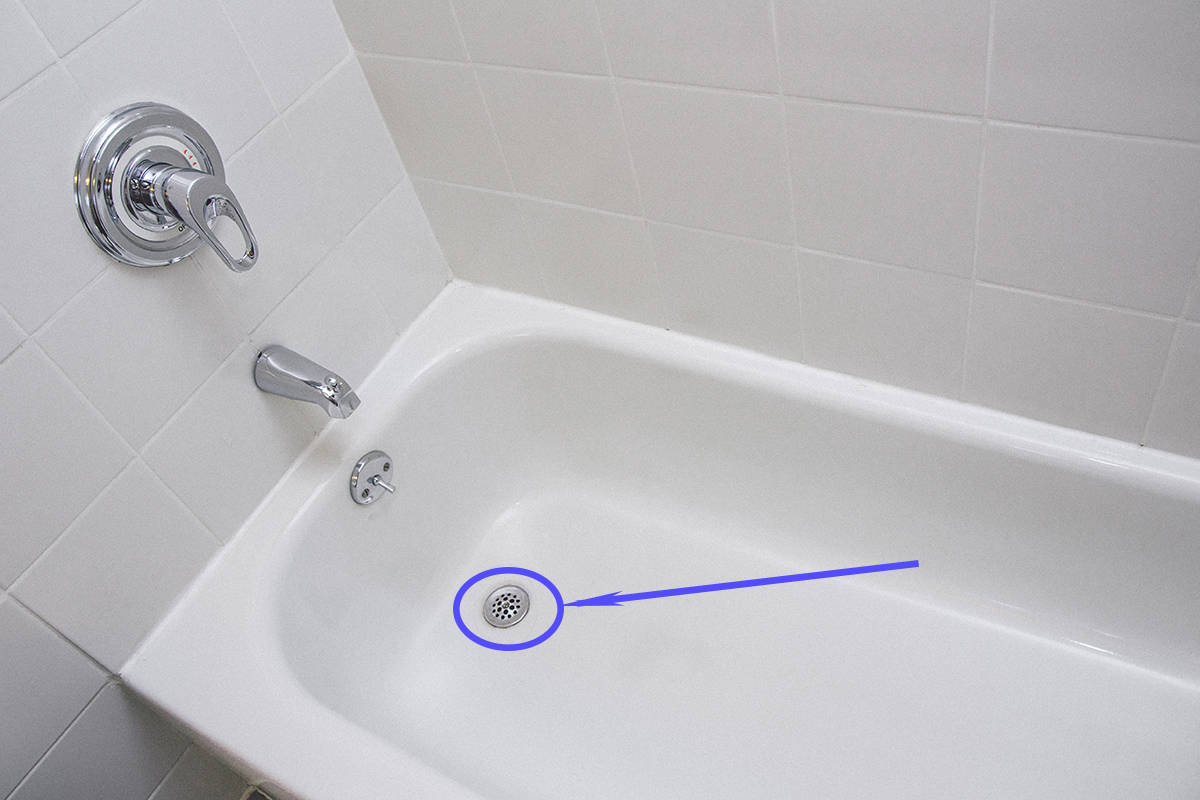
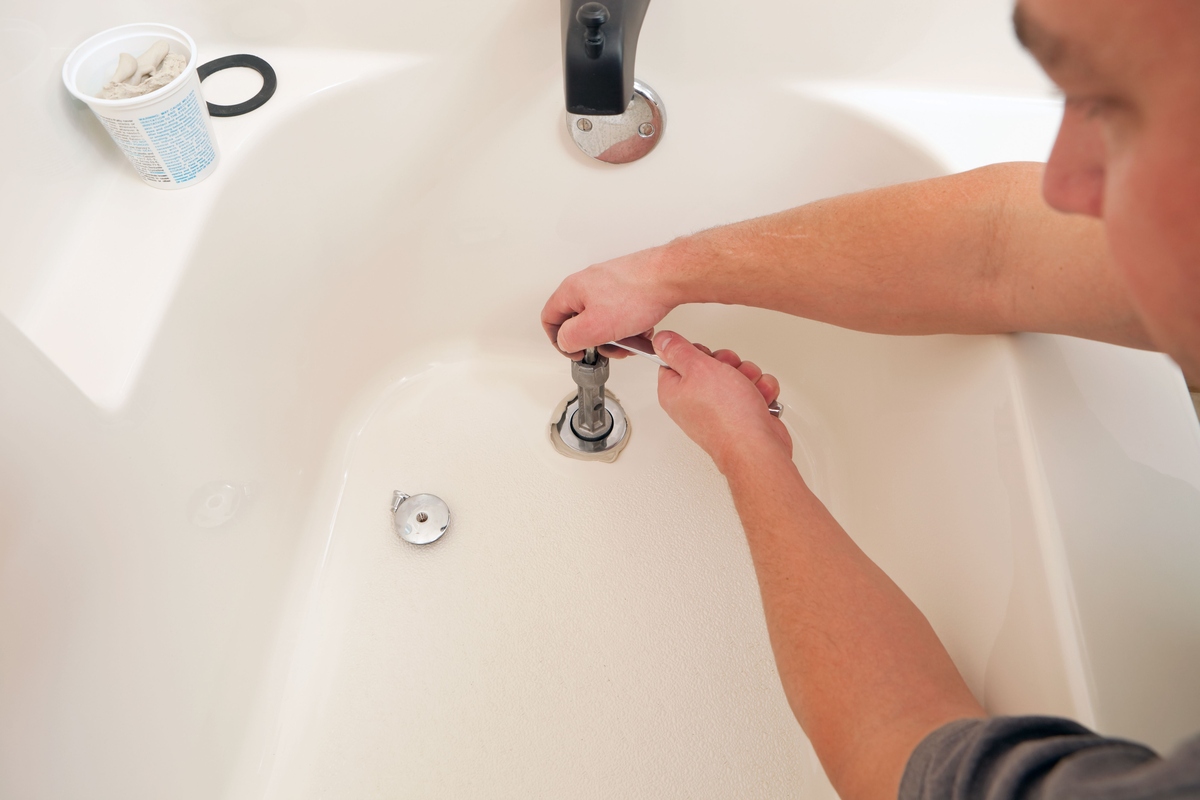
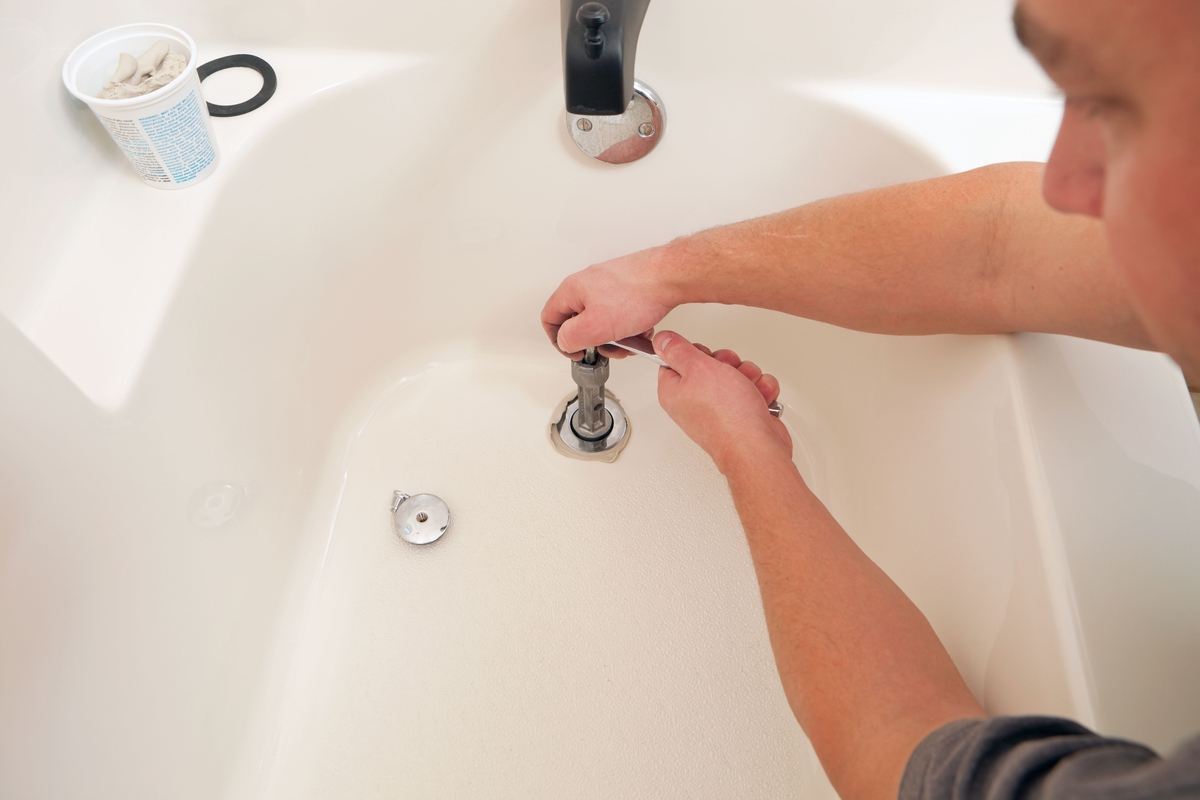

0 thoughts on “How Do Bathtub Drains Work”